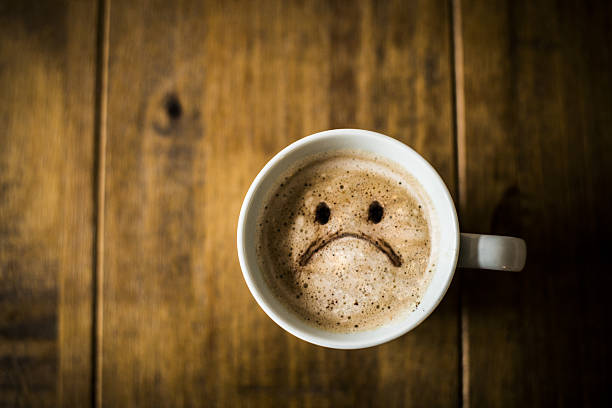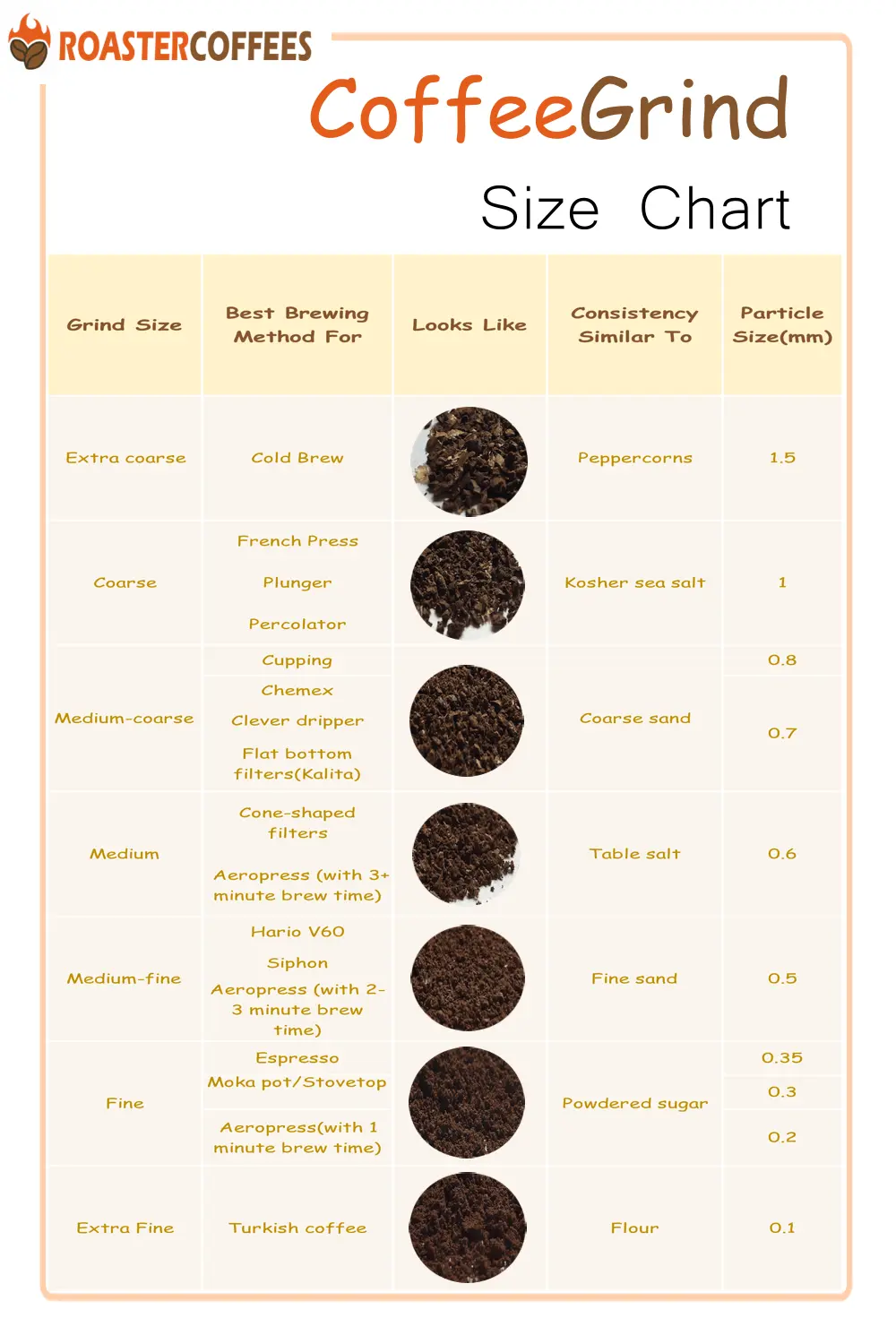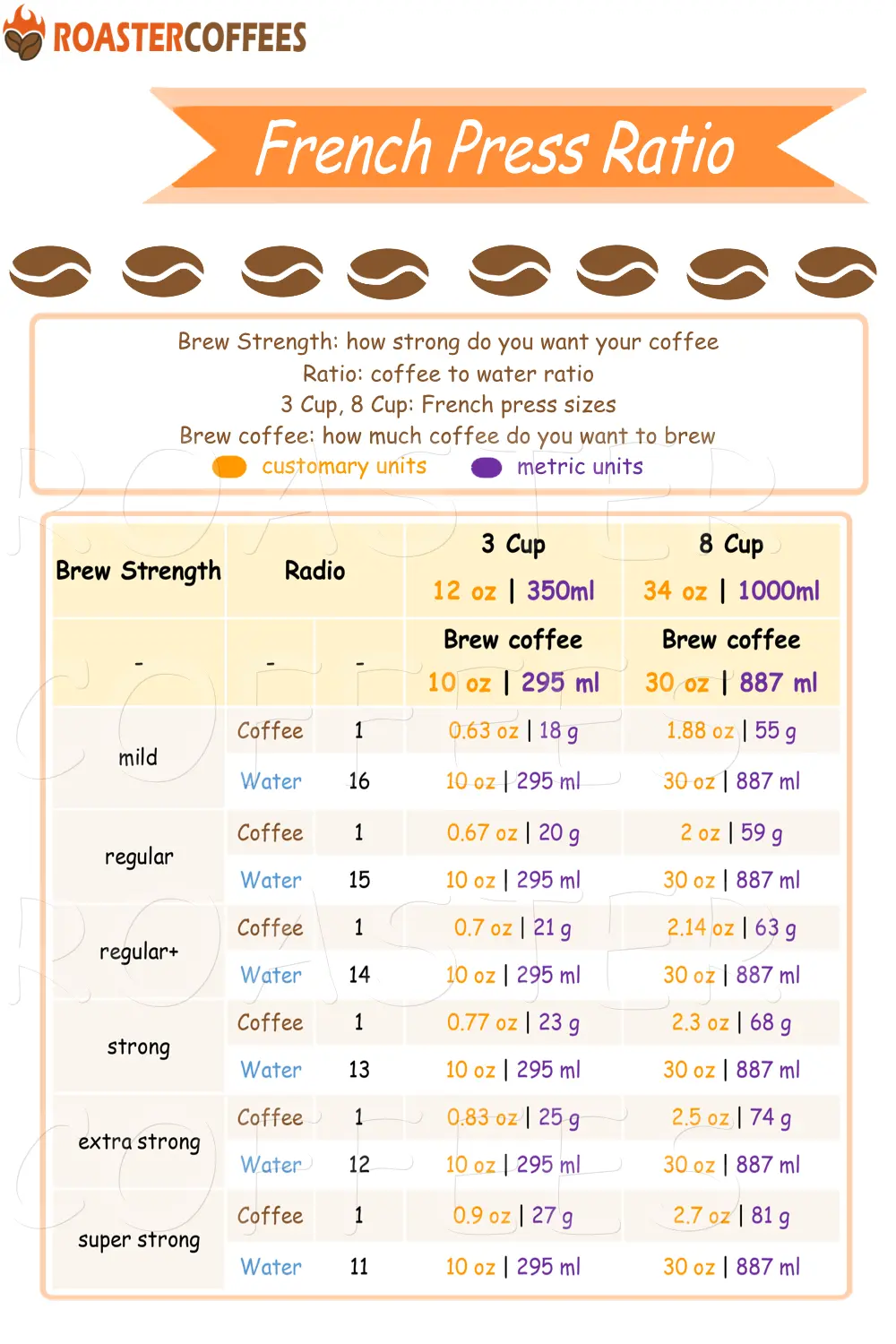Unraveling The Mystery Of Bad Coffee: Understanding What Went Wrong and How to Fix It

As coffee lovers, we've all experienced that one cup that just doesn't hit the spot. It could be overly bitter, too weak, or just plain unappealing. But what makes coffee "bad"? Is it the beans, the brew method, or something else entirely? For professional baristas and home enthusiasts alike, understanding what causes bad coffee is essential to ensuring every cup is a good one.
In this article, we'll take a deep dive into the world of bad coffee - what goes wrong, why it happens, and how to prevent it. From poor-quality beans to flawed brewing techniques, we'll break down the factors that contribute to bad coffee and provide actionable tips on how to fix them. Whether you're brewing at home or running a coffee shop, this guide will help you unravel the mystery of bad coffee and elevate your coffee game to the next level.
The caffeine content of bad coffee can vary significantly depending on various factors, but it’s not always linked to the quality of the beans themselves. "Bad coffee" can refer to over-roasted beans, stale coffee, improperly brewed coffee, or poor-quality beans. While bad coffee may still contain caffeine, its brewing process can impact the overall caffeine yield.
For instance, over-roasted coffee beans may lose some of their caffeine during the roasting process, although caffeine is relatively stable at higher temperatures. Stale coffee beans may have lost much of their essential oils and aromatic compounds, affecting the overall flavor but not necessarily the caffeine content. However, stale beans often brew weak coffee, which may lead to lower caffeine extraction.
The brewing method also affects caffeine content, and bad brewing techniques (such as improper grind size or water temperature) can result in inefficient extraction, lowering the caffeine levels in the cup. For instance, if coffee is brewed too quickly or with water that’s not hot enough, the extraction may be incomplete.
Using a caffeine calculator can help estimate the caffeine content, but remember that poorly brewed coffee, regardless of how much caffeine is in the grounds, can still result in a less potent or unpleasant drink. Always focus on proper storage, grind size, and brewing methods for the best caffeine extraction.
1. What Makes Coffee "Bad"?
Before we can begin diagnosing bad coffee, it's important to define what we mean by "bad." Bad coffee can be categorized by several factors:
Flavor: This is the most obvious indicator of bad coffee. If the coffee tastes unpleasant, overly bitter, sour, or flat, something has gone wrong in the brewing process.
Aroma: A fresh, well-brewed cup of coffee should have an inviting aroma. If the smell is dull, burnt, or rancid, the coffee is likely past its prime or has been brewed improperly.
Texture: The body of the coffee, or its mouthfeel, should be smooth and balanced. A watery or overly thick texture can be a sign of improper extraction or poor-quality beans.
Consistency: A bad cup of coffee may not have consistency in flavor or texture. It might be weak in some sips and overly bitter in others, indicating poor brewing techniques or an inconsistent grind.
Now that we know what "bad" coffee looks like, it's time to explore the factors that can contribute to a less-than-perfect cup.
2. The Root Causes of Bad Coffee
Bad coffee doesn't happen by accident. In most cases, there's a clear culprit behind the subpar cup. Below are the key factors that can lead to bad coffee, and how they affect the final product.
2.1. Poor Quality Beans
If the beans are of poor quality, no amount of brewing expertise can salvage the final product. Poor beans can result in coffee that is flat, bitter, or lacking in complexity.
If the beans are stale, they will have a flat, lifeless flavor. This can happen if they've been sitting on the shelf for too long after roasting or if they haven't been stored properly.
Low-quality beans may have defects, such as mold, insect damage, or improper roasting. These beans can impart unpleasant flavors to the coffee.
Incorrect Roasting: Even the best beans can taste bad if they're roasted incorrectly. Under-roasted beans will taste grassy or sour, while over-roasted beans can be burnt or bitter.
2.2. Incorrect Grind Size
Grind size is one of the most crucial factors in brewing coffee. If the grind size is too fine or too coarse, it will affect the extraction process and lead to undesirable flavors.
Too Fine a Grind: A grind that is too fine will result in over-extraction, meaning the coffee has been in contact with water for too long. This often leads to a bitter, astringent taste. Espresso machines, which require fine grinds, are particularly susceptible to this issue if the grind isn't adjusted properly.
Too Coarse a Grind: On the other hand, a grind that is too coarse will result in under-extraction, meaning the coffee hasn't been in contact with water long enough. This can lead to weak, watery coffee that lacks depth of flavor.
2.3. Incorrect Brewing Method
The brewing method you use has a significant impact on the final taste of your coffee. Using the wrong method for your equipment, or not following the appropriate technique, can result in a bad brew.
Water Temperature: Coffee brewed at too low or too high of a temperature will produce undesirable results. If the water is too cold, the extraction will be incomplete, leading to a sour or weak cup.
Brewing Time: Under-brewing or over-brewing coffee can both lead to bad results. Each brewing method has an ideal brewing time, and deviating from it can ruin the flavor. For example, if you're brewing coffee with a French press and the steep time is too short, the coffee will taste weak. If it's too long, the coffee will taste overly bitter.
Method-Specific Issues: Each brewing method - whether it's drip coffee, French press, pour-over, Aeropress, or espresso - requires its own set of parameters. If these are not followed, the result will often be an unbalanced or off-flavor coffee.
2.4. Poor Water Quality
If the water used is of poor quality, it can significantly impact the flavor of the coffee.
Hard Water: Water that is high in minerals can lead to an overly strong or harsh taste.
Chlorinated Water: Chlorine, commonly found in tap water, can impart a chemical taste to coffee. If the water isn't filtered or treated, the coffee may taste off or even smell like chemicals.
Filtered vs. Unfiltered Water: It's essential to use clean, filtered water to brew coffee. If you use unfiltered water, the impurities and unwanted chemicals will likely alter the flavor profile.
2.5. Poor Storage Practices
Improper storage of coffee beans and grounds can drastically affect the freshness and quality of your coffee.
Exposure to Air: Oxygen is a coffee's enemy. Beans exposed to air will oxidize and lose their freshness.
Light and Heat: Coffee should be stored away from direct light and heat. Exposure to sunlight and high temperatures can accelerate the staling process and break down the coffee's oils, leading to a less flavorful cup.
Storing coffee in a humid place can cause it to deteriorate faster and lead to mold growth or a musty taste.
2.6. Over-Roasting or Under-Roasting
As mentioned earlier, the roasting process is key to determining the flavor of coffee. Over-roasting (dark roasts) or under-roasting (light roasts) can result in a coffee that lacks balance or has undesirable flavors.
Dark Roasts: Over-roasted coffee beans have a smoky, burnt flavor that can overpower the natural flavors of the coffee. While some people enjoy dark roasts, others may find them overly bitter and unpleasant.
It lacks the depth and richness that many people expect from a good cup of coffee.
The relationship between bad coffee and coffee grind size is significant, as grind size plays a crucial role in how coffee is brewed, how flavors are extracted, and ultimately, how enjoyable the cup will be. When coffee is brewed using an incorrect grind size, it can lead to under-extraction or over-extraction, both of which result in undesirable flavors in the final cup, commonly referred to as "bad coffee."
An incorrect grind size - either too fine or too coarse - will dramatically affect the brewing process. For instance, if the coffee is ground too fine, it can lead to over-extraction. The water will struggle to flow through the coffee grounds, causing it to stay in contact with the coffee too long, extracting unwanted bitter compounds. This can create a coffee that is harsh, overly bitter, and unbalanced in flavor. Conversely, if the coffee is ground too coarse, it can result in under-extraction. The water will pass through the grounds too quickly, not allowing enough time for the proper flavors, oils, and caffeine to be extracted, resulting in a weak, underwhelming cup of coffee.
Using a coffee grind size chart can help you understand the ideal grind for different brewing methods. For example, espresso requires a fine grind to achieve the intense, concentrated shot of coffee, while French press and cold brew benefit from coarser grinds. A bad grind for a specific brewing method can lead to bad coffee, regardless of the quality of the beans themselves.
To avoid making bad coffee, it’s essential to understand the right grind size for your brewing method. Utilizing a coffee grind size chart will help you find the appropriate grind and ensure better extraction, enhancing both the taste and caffeine content of your brew.
3. How to Fix Bad Coffee
Now that we've identified the main causes of bad coffee, let's look at how to fix them. Whether you're a home brewer or a professional, following these steps can help you improve the quality of your coffee and avoid making common mistakes.
3.1. Use Fresh, High-Quality Beans
Start with the best possible beans. Look for specialty-grade coffee that has been freshly roasted and properly stored. If possible, buy coffee from a local roaster or specialty shop, where you can ask questions about the freshness and sourcing of the beans.
3.2. Invest in a Good Grinder
Grinding your own coffee beans right before brewing is crucial for maximizing flavor. Invest in a burr grinder, which provides a more consistent grind than blade grinders. Adjust the grind size based on your brewing method for optimal extraction.
3.3. Follow the Right Brewing Techniques
Make sure you're following the right brewing parameters for your chosen method:
Measure Your Coffee: Use the correct coffee-to-water ratio for your brewing method. A standard starting point is 1:15 (1 part coffee to 15 parts water).
3.4. Use Filtered Water
If your tap water is chlorinated or hard, consider using filtered water for brewing. Clean, fresh water will make a big difference in the taste of your coffee.
3.5. Experiment and Fine-Tune
Don't be afraid to experiment with different variables like grind size, brewing time, and water temperature. Small changes can have a significant impact on the final cup. Keep track of what works and what doesn't, and adjust accordingly until you find the perfect brew.
4. Conclusion: The Art of Crafting Great Coffee
Bad coffee can be frustrating, but it's not an unsolvable mystery. By understanding the key factors that contribute to a subpar cup - such as poor beans, incorrect grind, brewing errors, and poor water quality - you can make adjustments to ensure that every cup of coffee is a great one. With the right beans, proper techniques, and a little attention to detail, you'll be well on your way to brewing consistently delicious coffee, whether at home or in a café.
References:
Brewing A Sustainable Future: Cutting-Edge Strategies To Eliminate Waste In The Coffee Industry
A Comprehensive Guide to AeroPress

